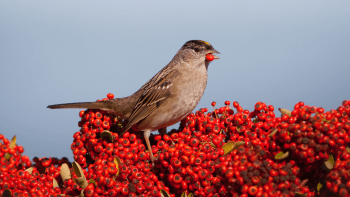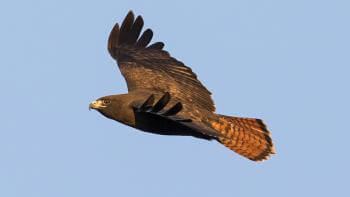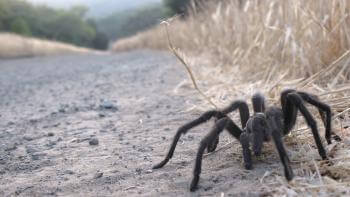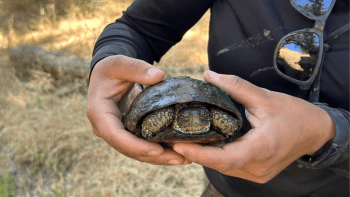Eight Adorable Baby Animals
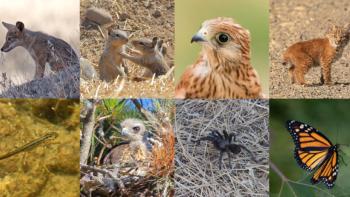
Nature is always bustling with life, and if you're lucky, you might spot some of its youngest residents while exploring Santa Clara Valley’s parks and open spaces. From fluffy mammals to tiny feathered fledglings, here are eight familiar animals that occasionally share a glimpse of their newest generation. Just remember to respect wildlife and give these little ones plenty of space.
Ground Squirrels
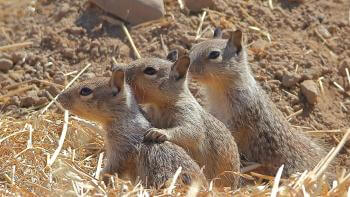
Many small rodents, such as squirrels, typically give birth in spring and sometimes again in late summer, depending on the species and local conditions. These youngsters, known as "pups," mature quickly, often venturing out of the nest within a couple of months. Ground squirrels play a special role in the ecosystem—their burrows, once abandoned, provide vital shelter for other animals like burrowing owls.
Bobcat kits
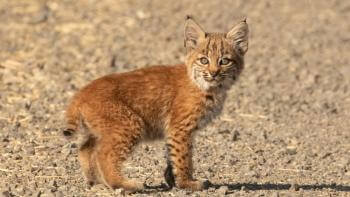
Baby bobcats, known as “kits,” are essentially wild kittens—adorable, but built for stealth. These elusive cats are widespread across North America, and Coyote Valley plays a vital role in their survival by linking habitats between the Santa Cruz Mountains and the Diablo Range. Explore our bobcat habitat study here. to learn more about their movements and conservation.
Wild fact: Bobcats hunt by pouncing—and they can leap up to 12 feet in a single bound!
Kestrels
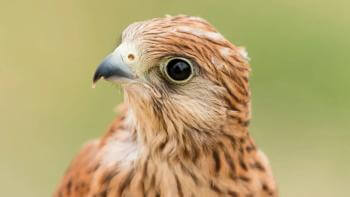
American kestrels, North America's smallest falcons, typically breed between March and July depending on location. Their young hatch about a month after eggs are laid, emerging as tiny chicks.
Fun fact: These pint-sized predators weigh just three to six ounces—about the same as a deck of cards!
Coyotes
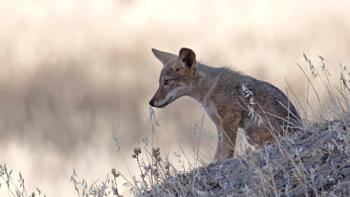
Baby coyotes, called pups, are usually born in spring, but they continue to grow and explore well into late summer and early fall. Coyotes tend to have large litters and raise their young over several months, increasing their chances of survival in the wild.
Wild fact: Coyotes are omnivores! While they’re skilled hunters of rodents and birds, they also enjoy berries, vegetables, fallen fruit, and other plant-based snacks—making them surprisingly flexible eaters.
Salamanders
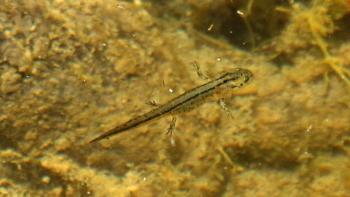
In late winter or early spring, salamanders begin nesting in damp places like ponds or creek edges. They lay eggs that hatch into tiny swimming larvae, kind of like tadpoles but with feathery gills. As the weather warms and water levels drop, the larvae start to change—they grow legs, lose their gills and turn into young salamanders that live on land.
Cool fact: Salamanders go through big body changes during this stage, thanks to special hormones that help them grow legs and lungs!
Red-tailed hawks
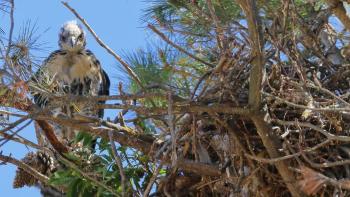
Red-tailed hawk babies, called eyas, usually hatch in late spring and spend several weeks growing in their nest. By early summer, they’re ready to take their first clumsy flights and start exploring nearby trees. If you look closely, you might spot one perched in your neighborhood—just remember to give them space while they learn the ropes!
Tarantulas
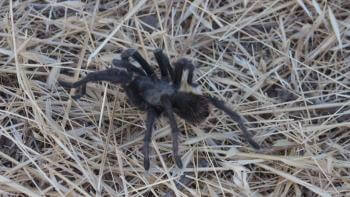
Ever notice small holes along the side of a trail? Those might be tarantula dens! In Santa Clara County, female tarantulas typically lay their eggs in late spring or summer, sealing them inside silk-lined burrows. Over the next couple of months, hundreds—sometimes up to 2,000 tiny spiderlings—will hatch and begin their journey into the wild.
Creepy-cool fact: Tarantula moms guard their egg sacs for weeks, turning them regularly to keep the eggs healthy. That’s some seriously committed eight-legged parenting!
Monarchs
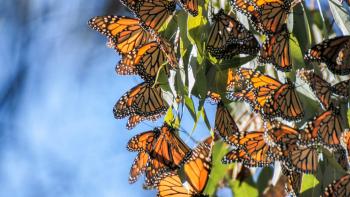
Monarch butterflies start migrating from the Rockies in the spring, which means we will start seeing the young monarchs that will continue their migration! Fun fact: Milkweed is one of these critters’ most important habitat features, as it is the only plant that monarch caterpillars can feed on!
The Santa Clara Valley is home to a diverse variety of wildlife that make this ecosystem thrive.
